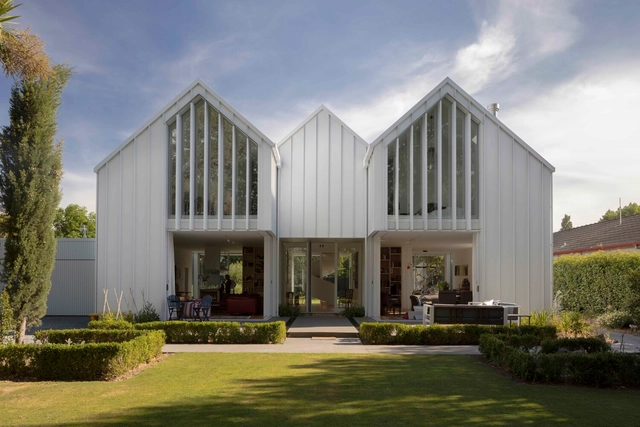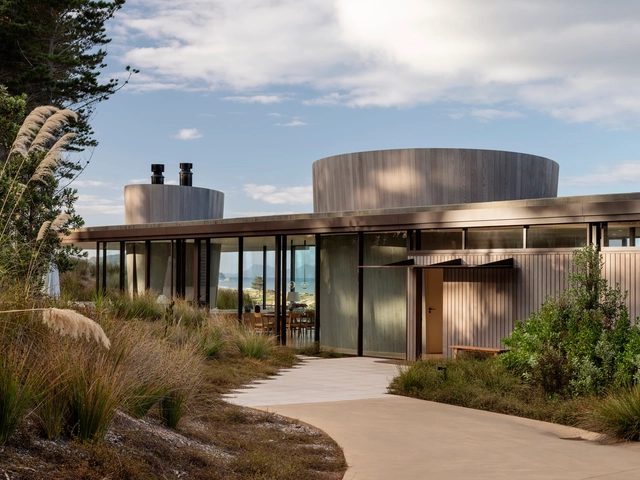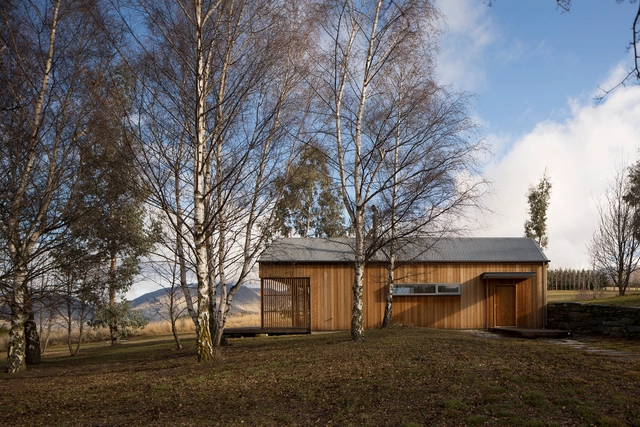
-
Architects: Roberts Gray Architects
- Year: 2024
If you want to make the best of your experience on our site, sign-up.

If you want to make the best of your experience on our site, sign-up.









While concrete is without a doubt the world's go-to building material thanks to its durability, malleability, and ability to withstand a wide range of climates, it is also the principal source of CO2 emissions within the realm of construction. To combat this and reduce their creations' carbon footprint, many architects have begun experimenting and innovating in a bid to optimize concrete's technical qualities while diminishing its impact on the environment. Among these efforts, there are several projects that have explored the possibility of replacing traditional frameworks with more sustainable materials like bamboo, a resource that grows in abundance throughout many regions of the world and, along with having minimal environmental impact, renders high quality textured detailing on a variety of architectural surfaces.




From 159 submissions, 44 have emerged as winners of the NZIA's 2015 Auckland Architecture Awards. The titles were bestowed upon 20 firms for new projects spanning 10 categories, ranging from a restrained renovation of a historic building in a Victorian neighborhood, to a bold, modern transportation hub. This year's awards were grounded in three main areas of the city, with Britomart dominating in hospitality and retail designs, Hobsonville Point receiving educational and multi-unit housing awards, and Titirangi gaining recognition for its stellar public architecture and housing.
The winning projects will be considered for the highest honor in the NZIA's awards program, the New Zealand Architecture Awards, which will be announced in November. See the full list of winners after the break.

